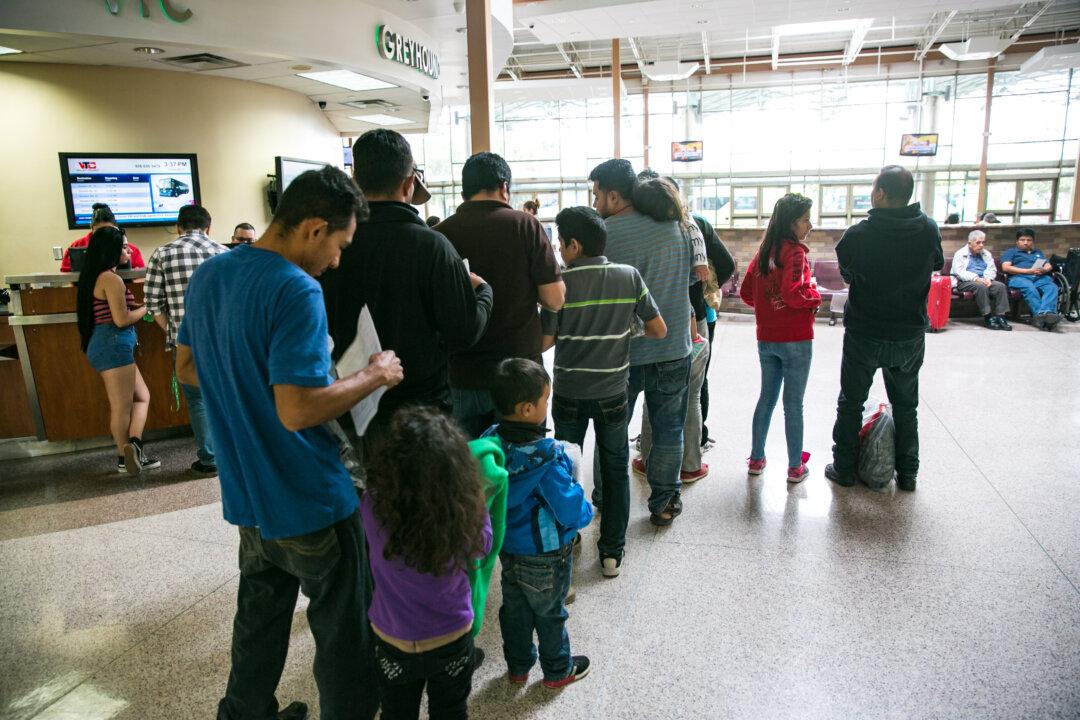Individuals from foreign countries who are running from domestic abuse or local criminal activity are no longer eligible for asylum in the United States, according to new policy guidelines distributed by the Department of Homeland Security (DHS).
The change is a consequence of a ruling, the Matter of A-B-, by Attorney General Jeff Sessions, published on June 11.





